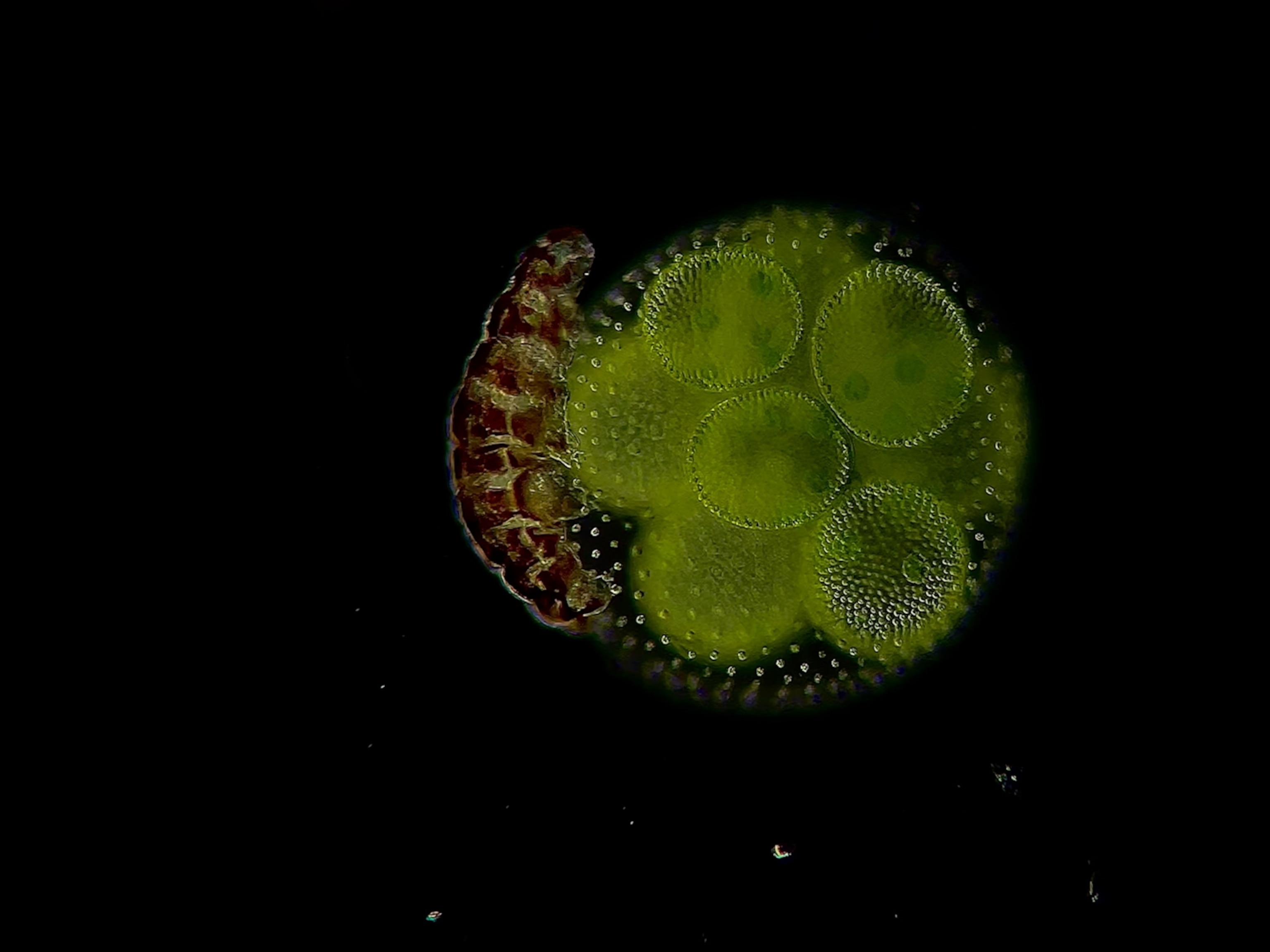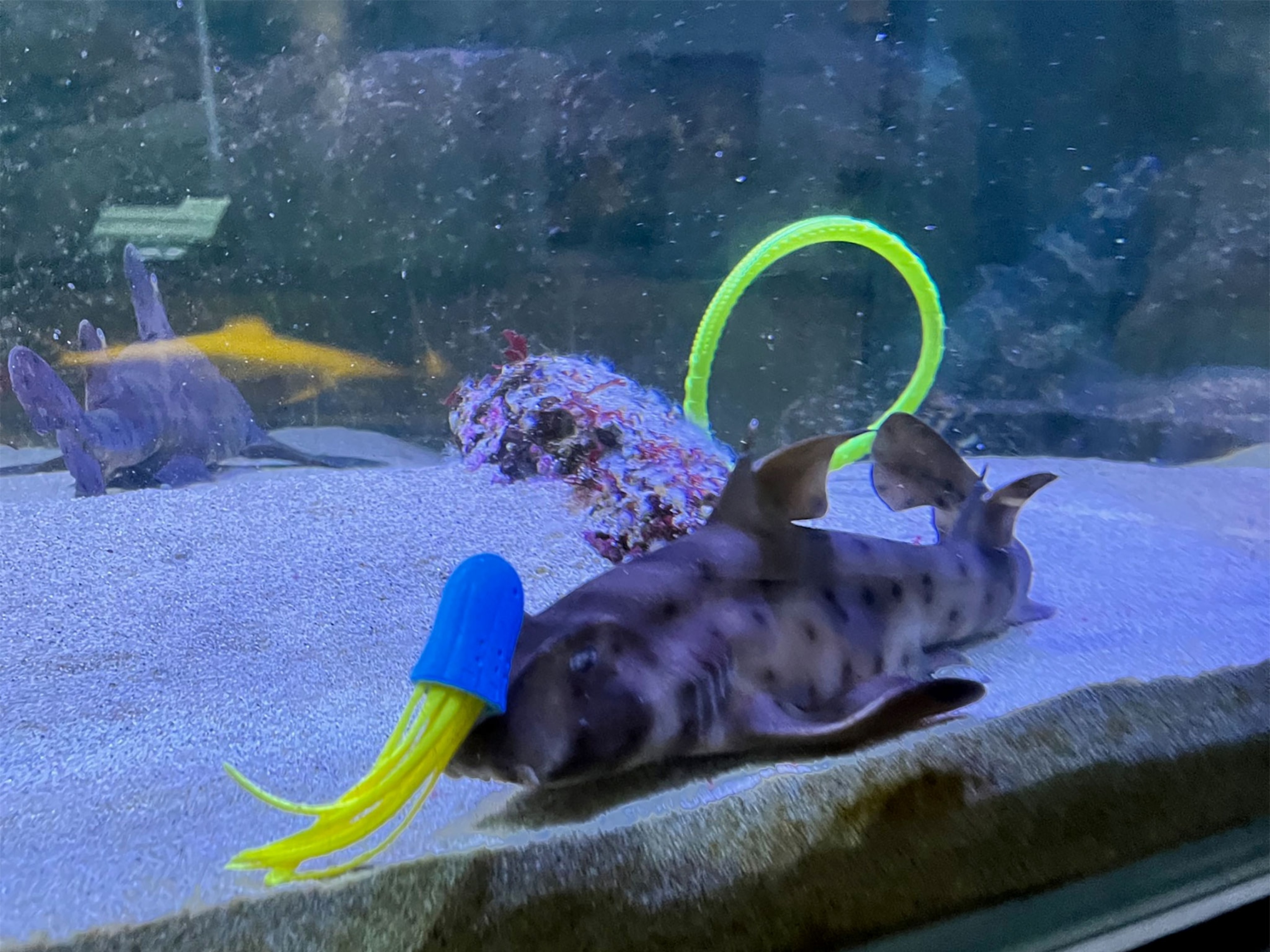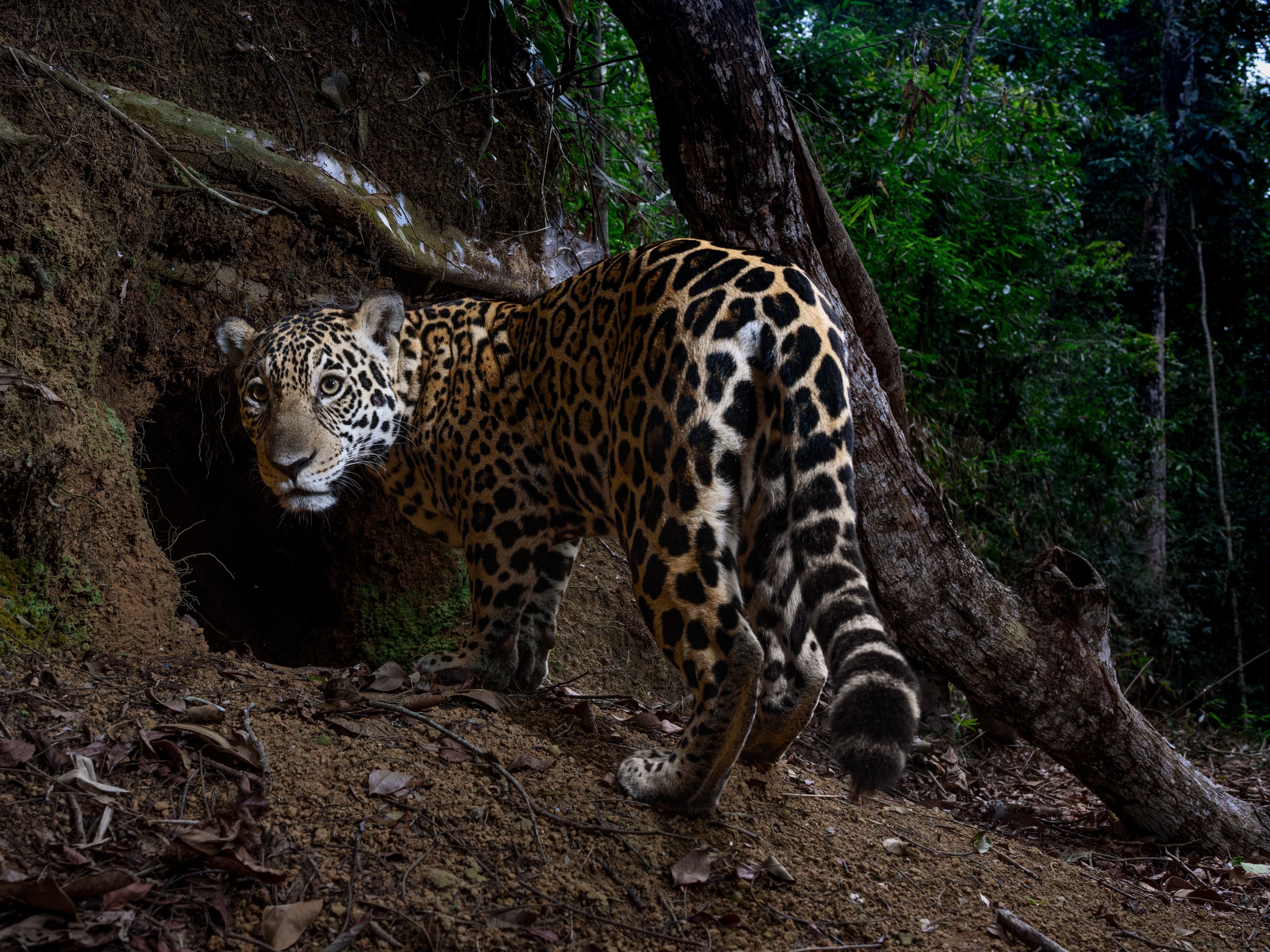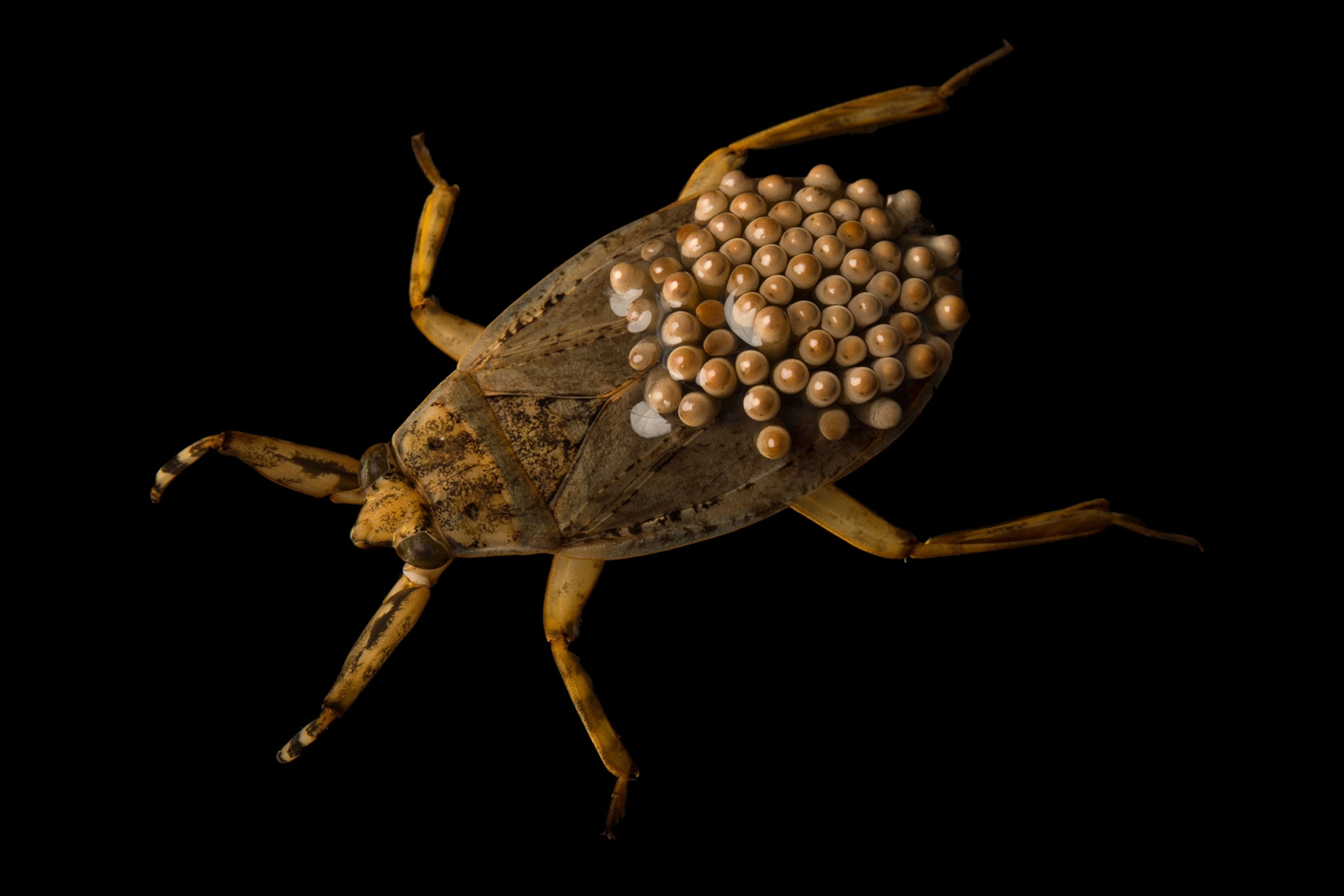
Meet the Single Dads of the Animal World
These fathers fly, swim, and hop the extra mile for their babies.
Raising kids is no easy task, and it’s even tougher when you’re on your own.
From carrying the young to caring for them, these animal dads get kudos for working hard to bring their mini-me’s safely out into the world.
Giant Water Bug
Male giant water bugs are really stuck on their kids. Or vice versa.
“The females lay the eggs on the male’s back,” says Blake Newton of the University of Kentucky. Then she bugs off, leaving the guy to make sure the kids hatch.
Like all dads, the males make a couple of lifestyle changes when kids are on board.
For one thing, flying is no longer an option. “The eggs are stuck on top of their wings,” says Kate Boersma, an entomologist at the University of San Diego, and that makes flight impossible.
The underwater dads also stay closer to the water’s surface to make sure the kids get enough oxygen.
“They do what looks like push-ups at the water surface to circulate water around the eggs,” says Boersma. Depending on the species, it can be up to a month before he gets those darn kids off his back.
Seahorses
Seahorse males famously get pregnant, gestating their progeny in a brood pouch for about 24 days. (See video: Watch a Seahorse Give Birth to 2,000 Babies)
A 2015 study found that these fish, found in shallow, temperate waters worldwide, have a lot in common with human mothers. Seahorse males provide nutrients to their offspring through their brood pouch, which also facilitates waste removal and gas exchange—similar to a placenta.
The University of Sydney study also found that the genes regulating pregnancy are similar between seahorses and other species of different evolutionary lines, including mammals, reptiles, and other fish that bear live young.
Three-spine Sticklebacks
Many kinds of fish don’t take care of their babies at all. Once the eggs are fertilized, mom and pop just swim away. But for those fish that do offer parental care, it’s primarily provided by the males, says fish curator Brian Sidlauskas of Oregon State University.
Male three-spined sticklebacks coastal fish native to the coasts of North America, Europe and east Asia build a nest, defend it against predators, and even fan their eggs with water to provide oxygen.
The fish dads will even “steal and protect fertilized eggs from other males,” Sidlauskas says — and it’s a frequent behavior. A 2001 study revealed that about 30 percent of nests contained eggs stolen from other males’ nests.
Having more eggs in the nest appears to improve a male’s chances of being selected as a mate by other females with unfertilized eggs, according to a 1981 study.
Rheas
This is one big daddy.
Greater rheas are flightless birds, native to South America, that can reach up to five feet in height—and the towering males aren’t shy about defending their offspring.
Male rheas build the nest, incubate the eggs, and guard the chicks for the first six months of life. They’re so protective of their brood they won’t let anyone near it — not even a female rhea. (See video: Raising Rheas)
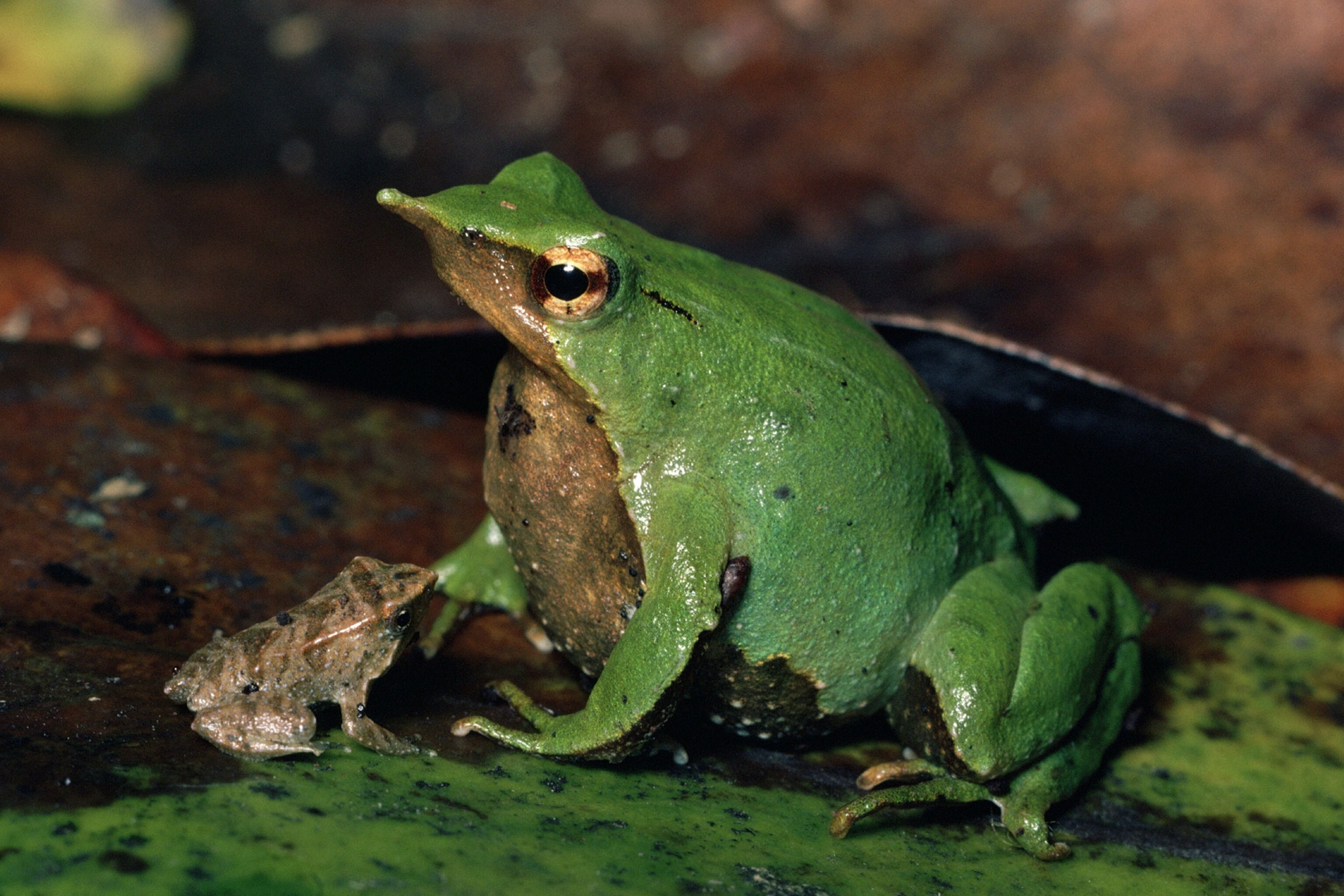
Darwin’s Frogs
The way the male Darwin’s frog of south-central Chile and Argentina protects his offspring would be physically impossible for most animals.
First, mom lays her eggs in leaf litter on the forest floor, and then when the fertilized eggs begin to become tadpoles, dad pops them in his mouth. They develop inside his large vocal sac, safely hidden from predators.
Once the tadpoles become fully formed froglets, dad opens his mouth and, with a bit of a spasm, releases his brood into the world. (See video: Frog Father Spits Out Young)
That’s literally bringing up baby.
Have a question about the weird and wild world? Tweet me or find me on Facebook. Weird Animal Question of the Week answers your questions every Saturday.

